Introduction
“The fighters are our salvation but the bombers alone provide the means of victory.”
Winston Churchill’s words from September 1940 were prophetic, an early forecast of the indispensable role these aircraft would play in the triumph over Nazism in World War II.
Dedicated to the courageous veterans of the Bomber Command, a bronze memorial statue of seven airmen was unveiled – not without controversy – by Queen Elizabeth II on June 28, 2012. The memorial is housed in a Portland stone loggia in Green Park, a reverent space framed by two London Plane trees along Piccadilly Road – supported by the DeepRoot Silva Cell system, guaranteeing their healthy growth for decades to come.
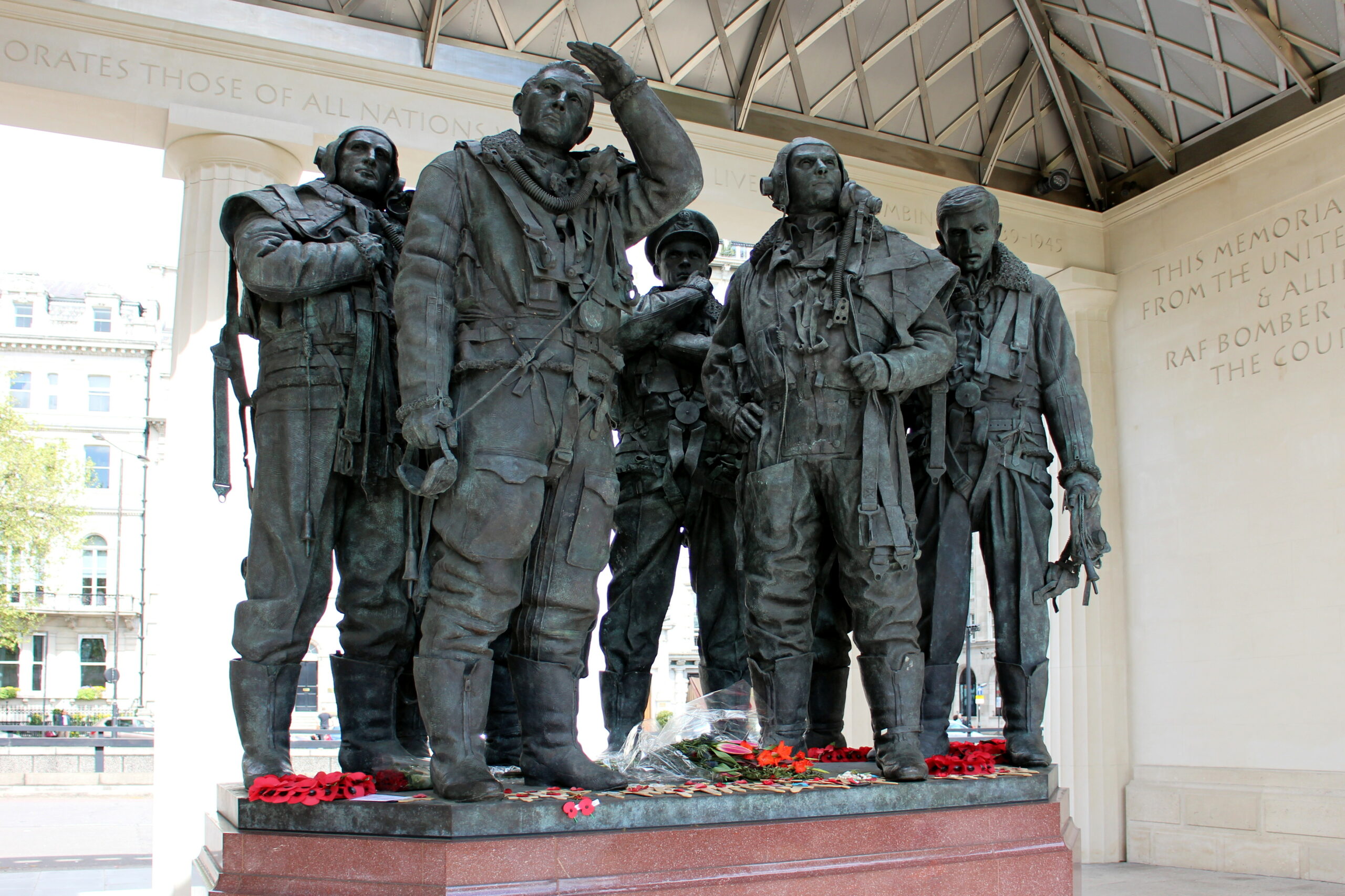
Photo courtesy of Wikimedia
Bomber Command Missions
Beginning in 1942, the Royal Air Force (RAF) conducted thousands of bombing raids over German industrial areas in an effort to stall Hitler’s seemingly unstoppable war machine.
It paid dividends.
More than 360,000 missions were flown, dropping a total of 1,030,500 tons of bombs. The Halifax and Lancaster aircraft comprised the backbone of the Bomber Command force, responsible for over eighty percent of the total dropped payload – much of it unleashed during nighttime sorties to avoid Germany’s menacing fighter planes and anti-aircraft weapons.
Albert Speer, the Third Reich’s Minister of Armaments, was unequivocal about the success of these British raids: “The real importance of the air war consisted in the fact that it opened up a second front long before the [Allied] invasion in Europe.”
A Dangerous Vocation
The tactical effectiveness of these missions was not without its costs. Indeed, flying with the RAF Bomber Command was one of the war’s most dangerous assignments.
Of the 125,000 enlisted Bomber Command airmen, 55,573 were killed – an unimaginably high 44.4% death rate. An additional 18,241 were wounded or became POWs.
Missions over Germany were the most perilous: the overall loss rate of Bomber Command aircraft was 2.2%; however, sorties over Nazi airspace had a 5.1% loss rate. And the Nuremburg Raid in March 1944, the force’s most deadly mission, featured a catastrophic loss rate of 11.8%.
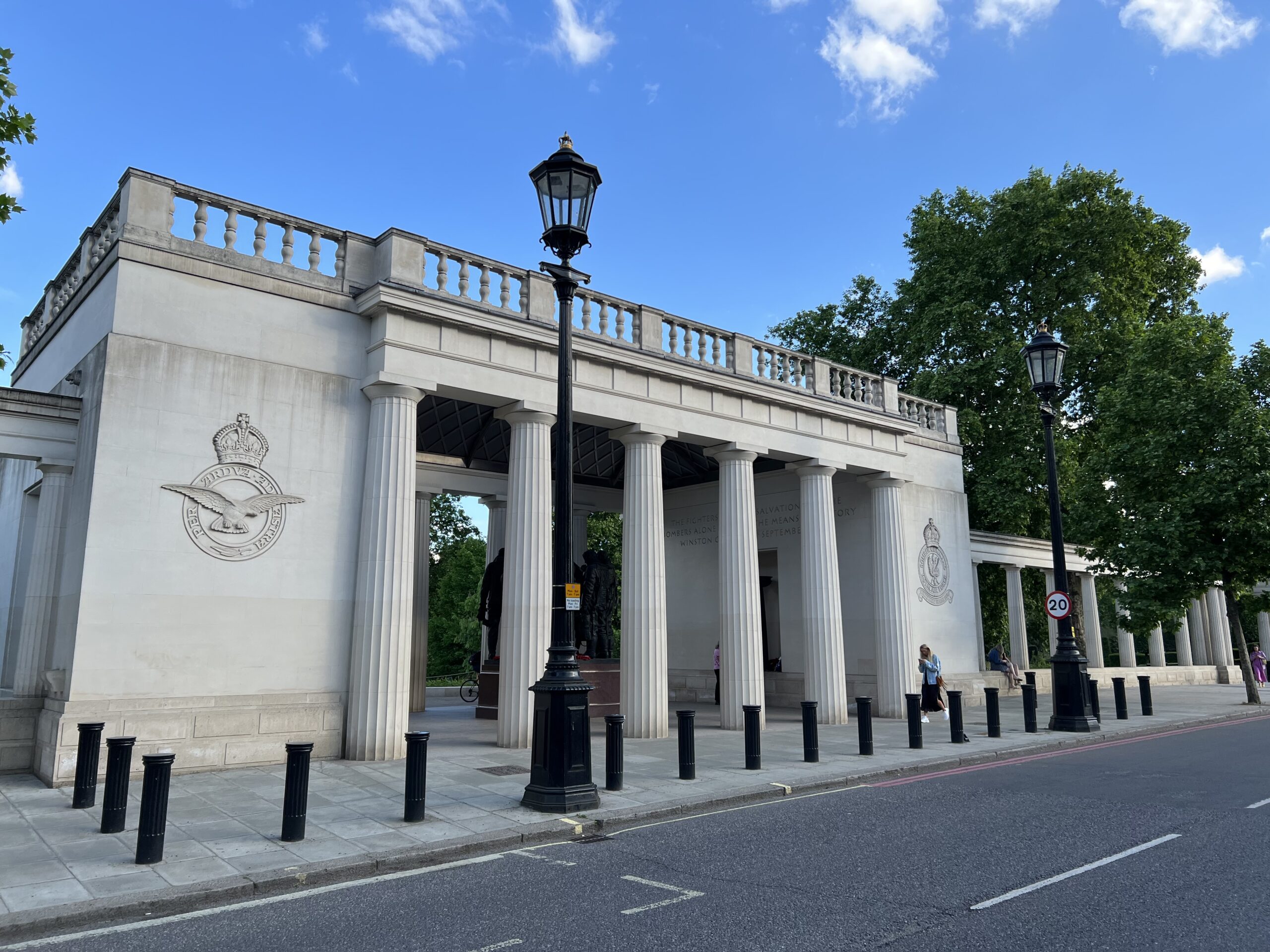
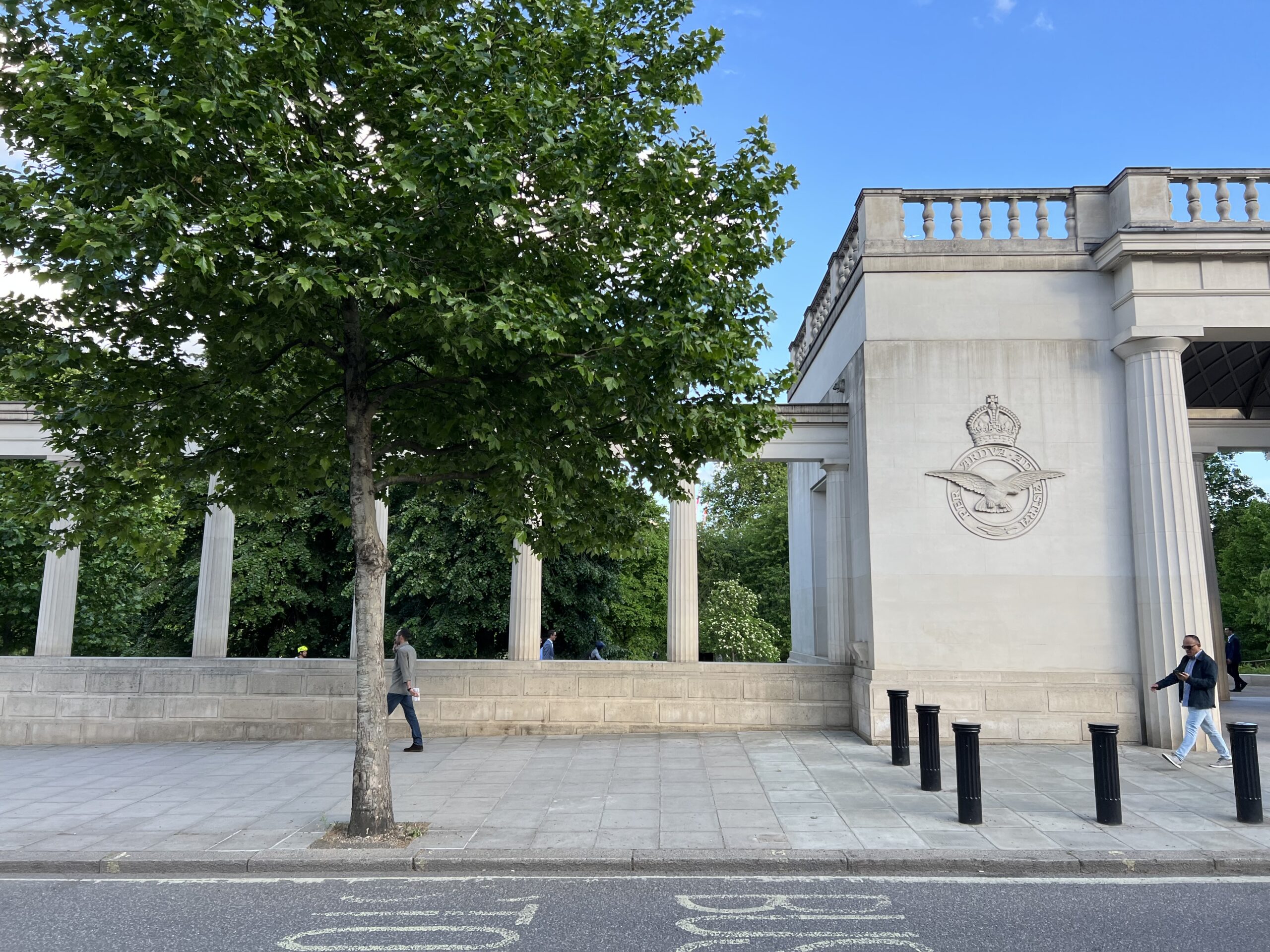
In Remembrance
Dedicated to these Bomber Command flyers and the inarguable bravery they exhibited during the war, a memorial tribute was designed and funded – £5.6 million of public donation – in the first decade of the 21st century.
The bronze statue, sculpted by artist Philip Jackson, features seven members of an aircrew posed as though they’ve just exited their plane after completing a mission. Measuring over nine feet (2.7m) tall, the monument is housed in a memorial building designed by Liam O’Connor.
The roof of the loggia-style construction is made partially of aluminum taken from a Halifax aircraft that crashed in Belgium in May 1944. The downed warbird was recovered from an area swamp in 1997 – all eight crew members were killed (with three still positioned at their bomber stations more than fifty years later).
The style of the roof is meant to mimic that of the Lancaster bomber’s skeletal fuselage, a stainless-steel diagrid. In fact, during the christening of the memorial by Queen Elizabeth II, a Lancaster flew over the area, dropping red poppy pedals over the ceremony.
The project, however, did spur some controversial debate, namely the ethical questions of having executed a multi-year bombing campaign over primarily civilian territory. In consideration of this, designers included the inscription: “This memorial also commemorates those of all nations who lost their lives in the bombing of 1939-1945.”
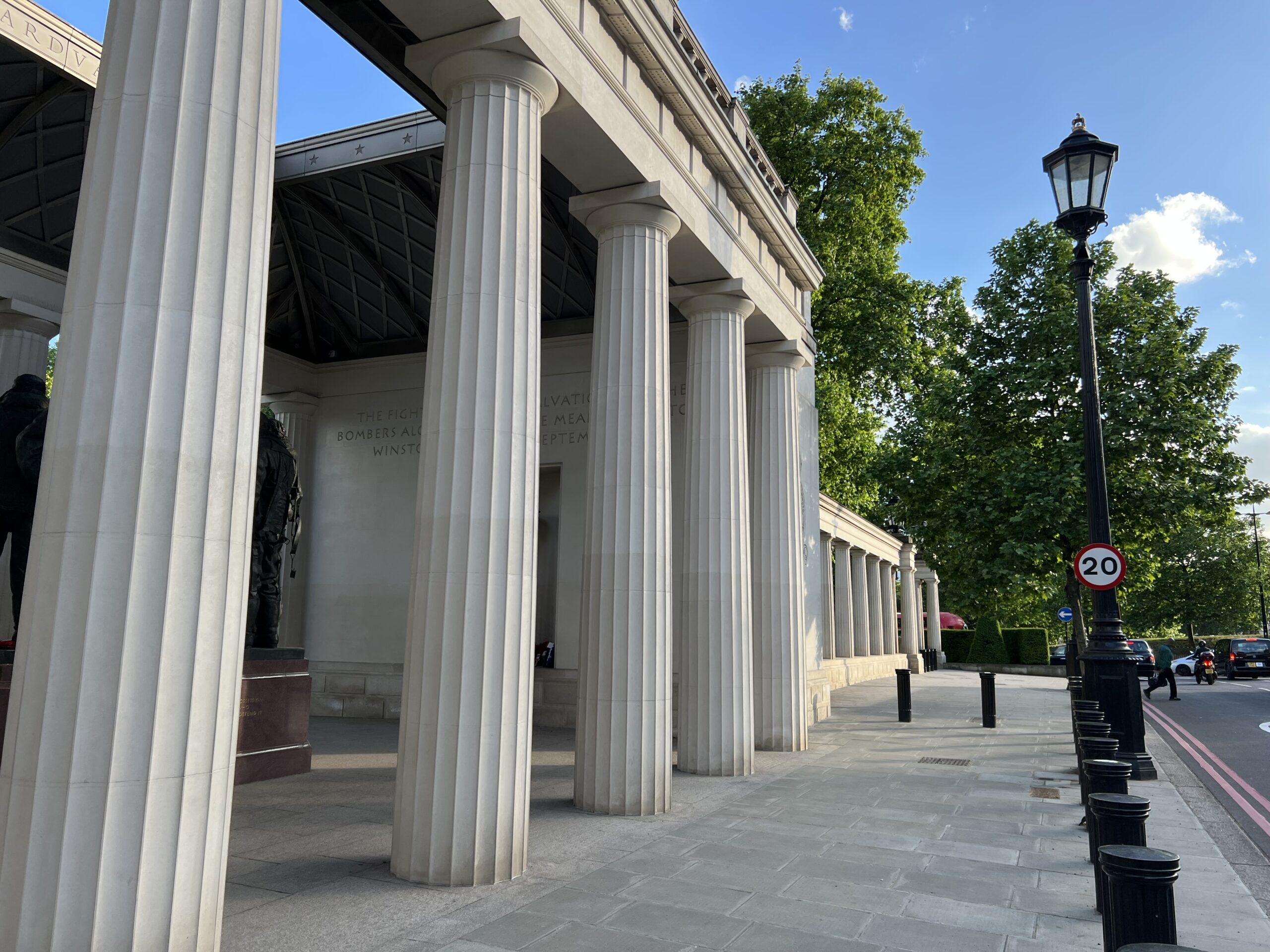
The Space
As with the interior of the memorial structure, creating a respectful and welcoming outdoor space was also a design priority. The Westminster City Council insisted that trees be incorporated along Piccadilly Road, framing the entrance of the façade and complementing the atmosphere of the adjacent Green Park.
A number of challenges were present in this project’s urban forestry element. In order to ensure both a large, healthy tree canopy to offer visitors a shady respite from the city heat, and to guarantee long-term sustainability of the trees, it was crucial to provide the two semi-mature London Planes with adequate soil volume. The highly compacted on-site urban soil would not do; likewise, the preexisting utilities along the central London street required flexibility for any underground solution.
The design team thus turned to the DeepRoot Silva Cells.
By supplying 15 cubic meters of uncompacted soil volume per tree, the Silva Cell system will maintain a healthy rooting environment for years to come. Also, by abutting the system to the adjacent soil under Green Park, the street trees will have access to more soil and even greater root growth in the future, while also providing an adaptable underground structure for the city’s utility network.
DeepRoot is proud to have contributed in a small way to this important commemorative memorial project honoring the courageous veterans of the RAF Bomber Command.
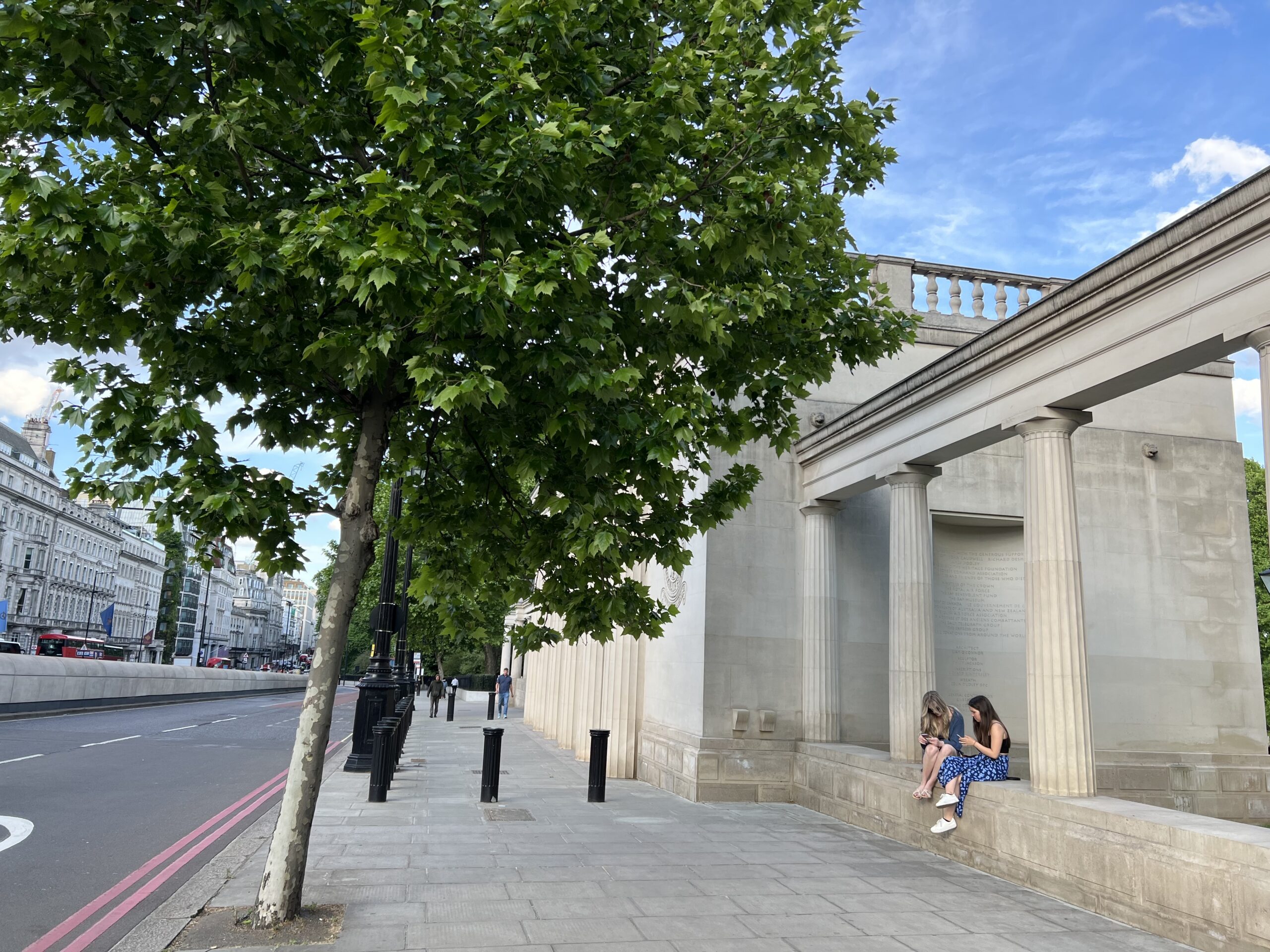
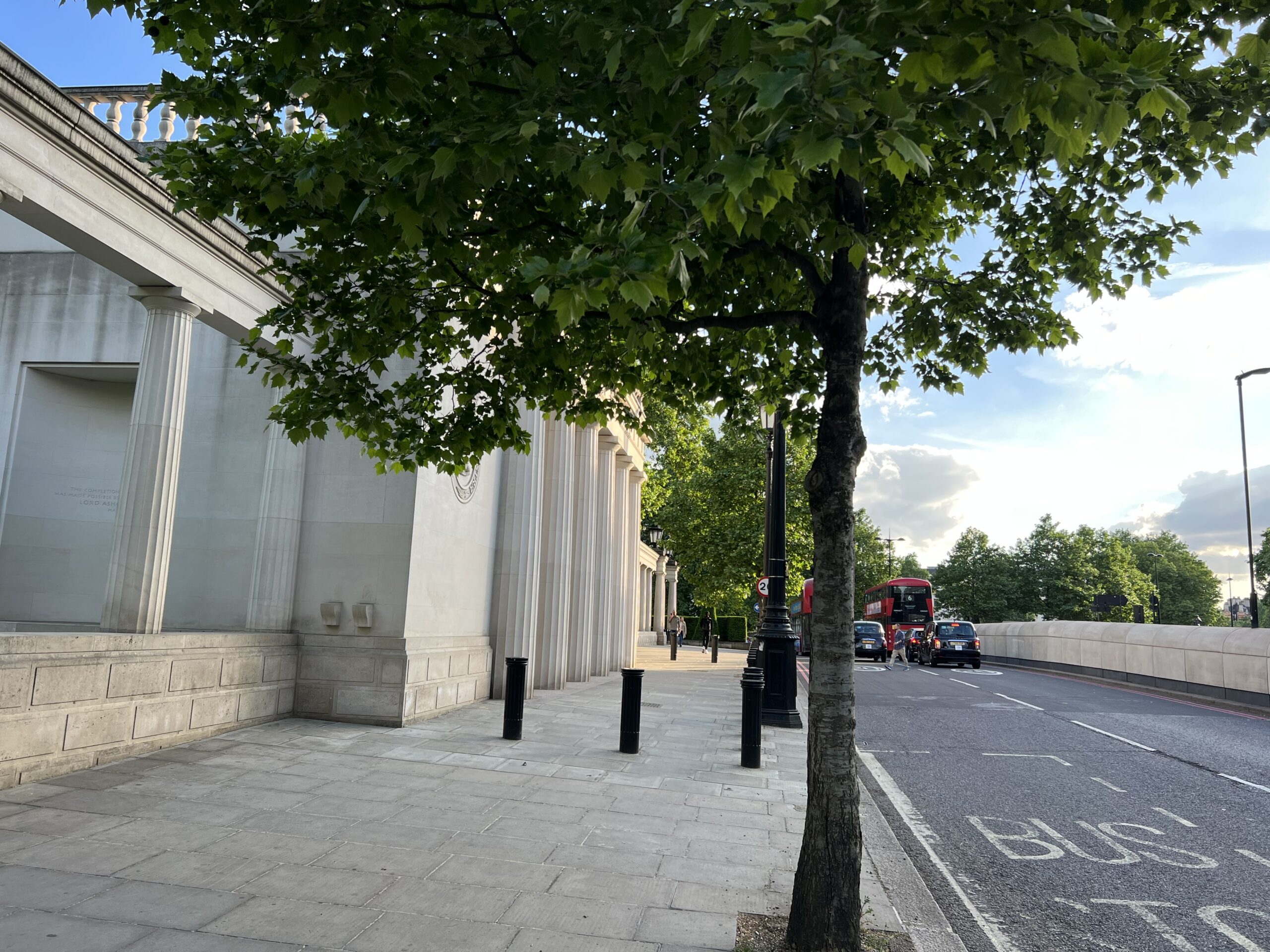
Sources
Bomber Command Memorial : London Remembers, Aiming to capture all memorials in London
RAF Bomber Command Memorial – Wikipedia






Leave Your Comment